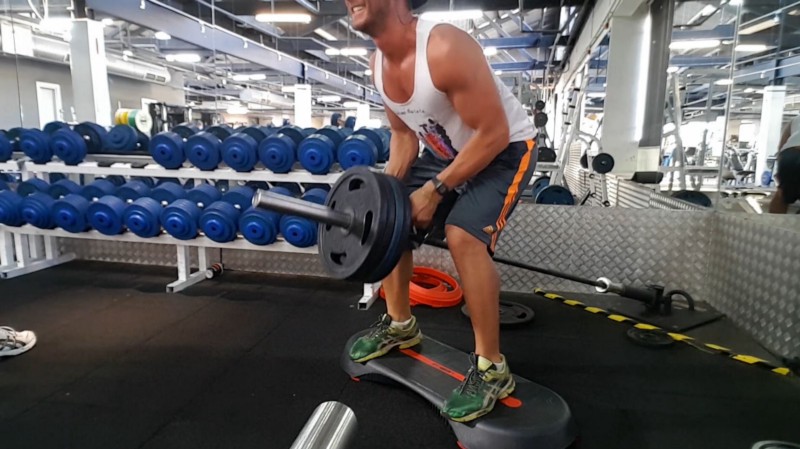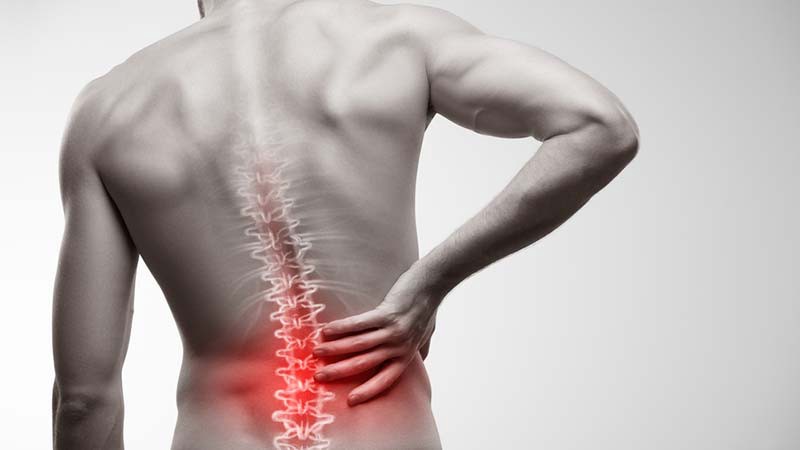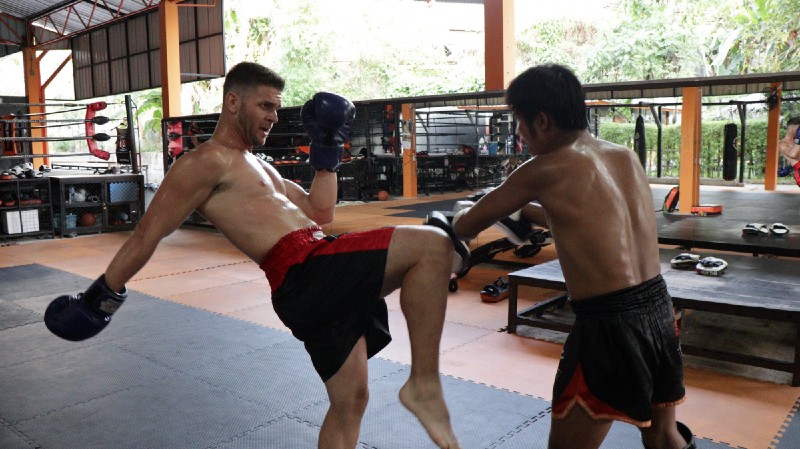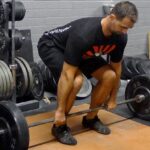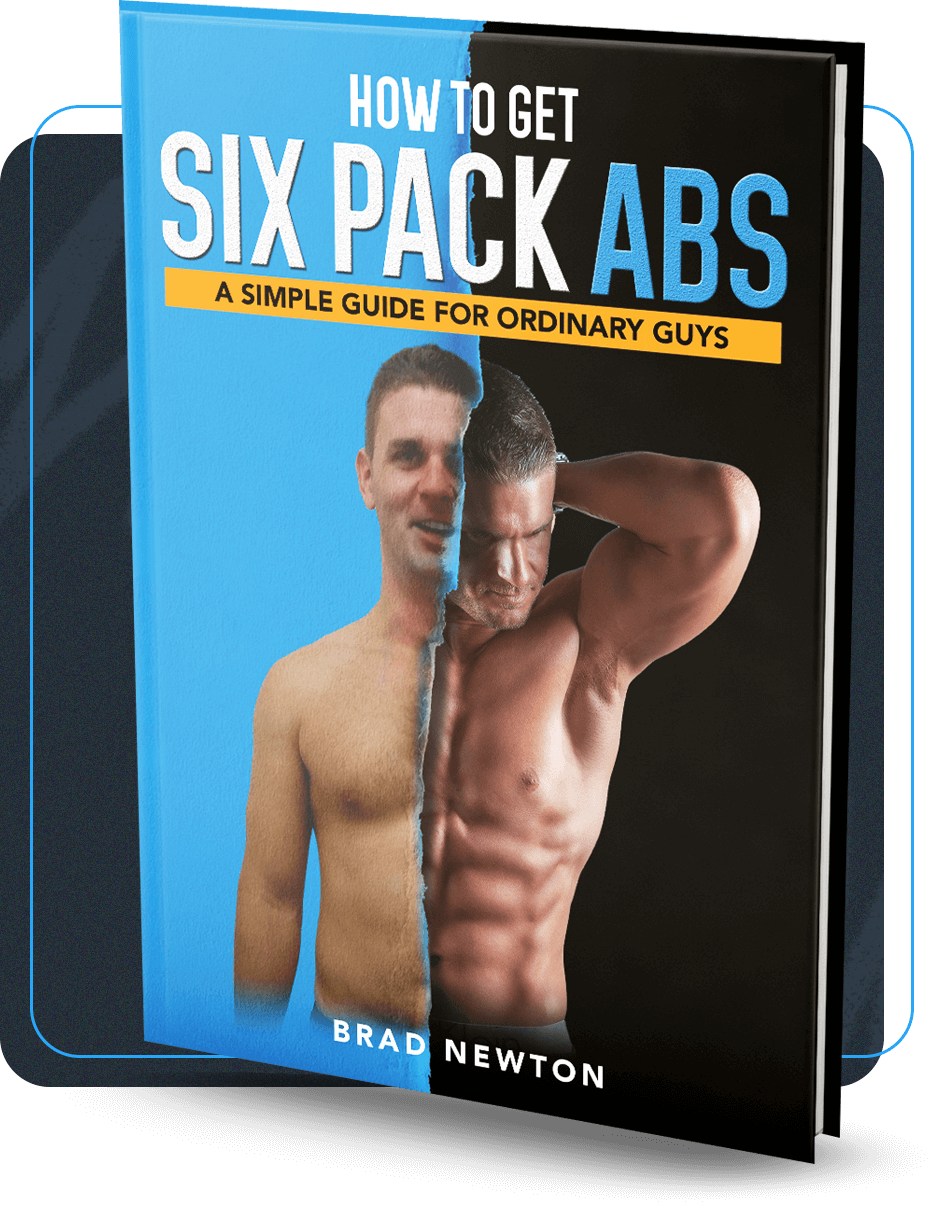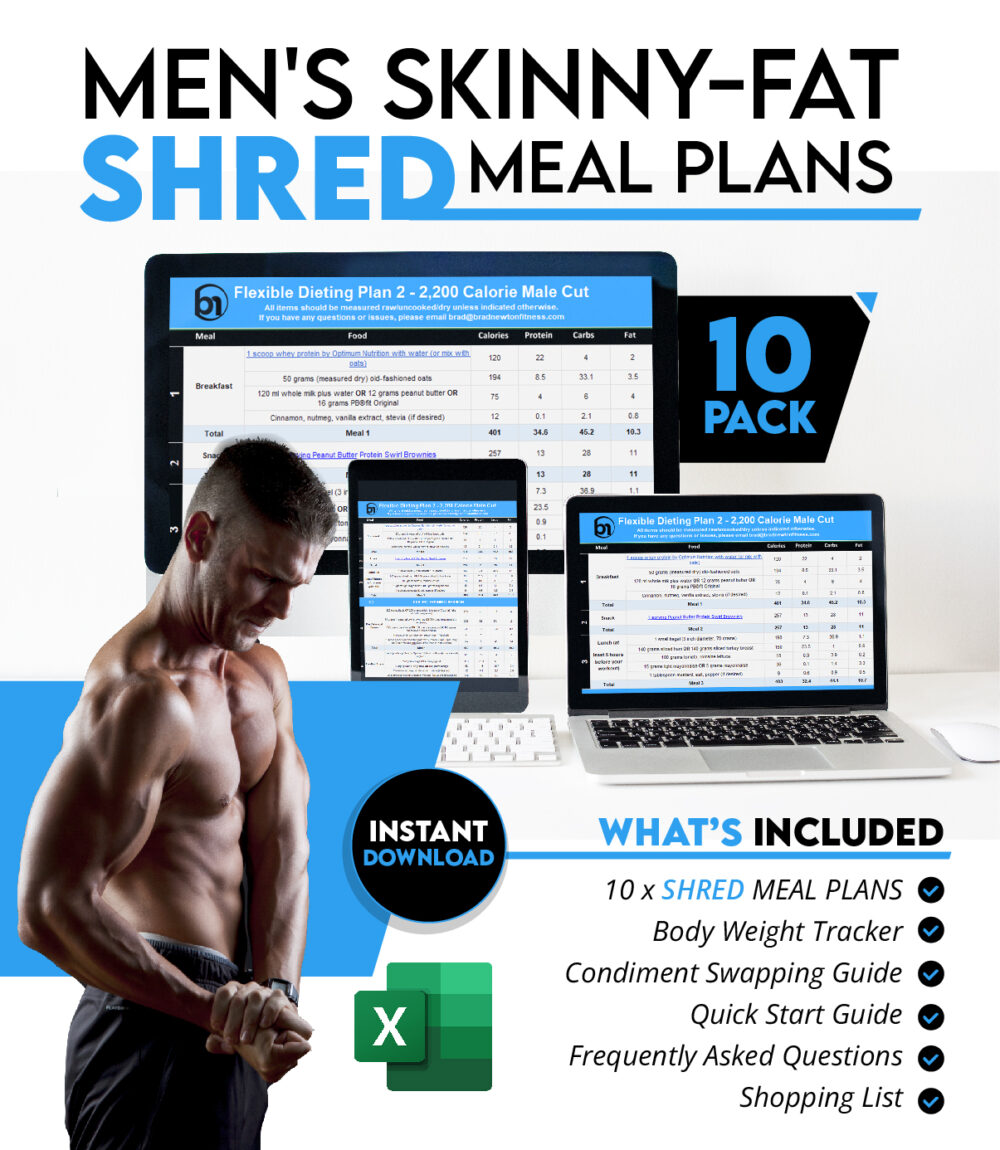In this article, I’m going to share with you the rehabilitation process that has cured my low back pain without surgery. In other words, I am now strength training again and have no pain in my lower back! If you are suffering low back pain, this article might help you.
When I severely injured my lower disc at L5/S1 from gym training back in February 2019, a few people told me that surgery was the only option.
The pain was so severe that I could barely walk. At times, I would have shooting pain down my left leg to behind my knee.
I had to stop all strength training and start the process of rehabilitation and learning about my herniated disc that had turned my life upside down.
I’ll share with you videos I watched, principles I followed, and exercises I performed, to repair my disc injury. Hopefully these insights will help one person.
What Caused Low Back Pain?
In February 2019, I was undertaking bent-over T-bar rows in the gym when, during the last 1–2 reps, I completely lost form and felt a pop in my lower back.
I knew straight away that I had ruined my back.
Several hours later, I could barely walk.
I had debilitating pain and stiffness in my lower back, unable to stand up straight. I looked something like the The Hunchback of Notre-Dame!
As a 34-year-old guy that sits on a chair most of the time for most of the day, I felt like my recovery would be a long drawn-out process. After all, I’m not a fresh 18-year old that can spring back from an injury overnight.
My Low Back Pain Treatment Journey
Firstly, I stopped all weight training and Muay Thai kickboxing. All I could do was go on very long walks (30–60 minutes long) which somehow helped with reducing the amount of pain and stiffness I felt.
Getting out of bed in the morning was extremely difficult. I felt like I had aged by 50 years and needed a guide rail or crane to lift me out of bed. It was not a good situation.
Several weeks after the injury, there was no improvement in my condition. And there are only so many painkillers you can take before they become ineffective!
I started to see a Physiotherapist that introduced the McKenzie approach to me and a series of exercises (which I’ll list shortly). Over a period of 4 Physiotherapy sessions and 1 Osteopathy visit — and doing my McKenzie exercises everyday for four months — I avoided the need to have surgery.
I will share with you exactly what I did.
My Rehabilitation Routine for Low Back Pain
Most days of the week, I would start my routine by walking into the gym and hanging from a bar to decompress my spine. I read somewhere online that decompressing your spine, especially if you are a sedentary worker (like me), really helps to open up the vertebrae to allow better circulation.
I watched the following video by Athlean X where he discusses the importance of implementing bar hangs to decompress the spine.
My Bar Hang Routine
I would spend around 10 minutes doing bar hangs, before starting my McKenzie exercises.
Usually, I would hang from the bar for up to 30 seconds before releasing my grip, having a 1–3 minute rest, then hanging again. I would repeat this 4–5 times.
I always made a conscious effort to relax the muscles in my core and lower back to ensure my spine was receiving proper decompression. If you engage your core muscles then you won’t decompress your spine (you must keep your core muscles relaxed).
While hanging from the bar, I also made an effort to slightly wiggle and tilt my pelvis.

Start Your Transformation Today!
Reach your fitness transformation goals of shredding fat, building muscle, and getting stronger, in the shortest time, without crazy dieting or buying useless sports supplements.
Learn MoreMy Low Back Pain Exercise Routine
After decompressing my spine, I would undertake the following exercises. Without any added weight and not in any particular order.
- The Glute Bridge (or Shoulder Bridge)
- Childs Pose
- Bodyweight Squats
- The Cobra (or Swan Dive)
- Knees-to-chest
- Side-to-side spinal stretch
Robyn has played a huge role in my recovery by helping me execute the exercises correctly. I highly recommend her free Pilates course on Udemy where she’ll not only help you recover from low back pain, but will help you get “Pilates strong” 🙂
It is worth pointing out that I did absolutely zero weight training for about 4 months proceeding the injury! Nor did I introduce any exercise that involved twisting of the spine — until last month.
Consistency is Key
It is important to mention that I was doing these exercises almost everyday! In fact, for the month of May, I had worked through these exercises daily except for two days… where I just needed a break from the gym!
The Physiotherapist suggested that I do these exercises several times a day! This wasn’t practical for me because I work a normal job. So I’d visit the gym around my sedentary desk hours.
On my days off from work, I would visit the gym twice in a single day — morning and evening.
This might seem tedious but I was 150% committed to the recovery because I wanted to resume my strength training and Muay Thai kickboxing training as soon as possible.
It had taken a solid 4 months of consistency to finally get to 95% recovery. I slowly started to introduce weight training again to further strengthen my glutes and lower back. The weight training program I follow is push-pull-legs (fantastic for people starting their fitness journey!)
Last month, I started undertaking the deadlift and barbell squat again at very light weight. I can now do bodyweight twists without any pain whatsoever. These exercises were completely out of bounds for a solid 4 months!
My Current Exercise Routine for Low Back Pain
As of the 1st of August 2019, my back pain is completely gone. I am back to my usual push-pull-legs routine and now incorporate the Glute Bridge as a regular exercise in my routine.
I’ve learned that it is extremely important to maintain strength in the muscles of my lower back, and glutes, to avoid a possible relapse.
I am still doing my rehabilitation exercises several times a week — as opposed to daily — to ensure I maintain strength in my glutes and lower back.
If you wish to watch the video where I discuss this article in more detail, click on the below video.
Additional Resources for Low Back Pain
I am going to give you a list of resources that contributed to my recovery, including a book recommendation that will save you recovery time and money.
If you’d like to learn more about the McKenzie protocol, check out this video by Bob & Brad where they explain the method that was developed by the world’s most influential physical therapist (Robin McKenzie).
Also, I highly recommend buying and downloading Robin McKenzie’s book Treat Your Own Back from Kindle. The book is a brilliant self-education tool to help you understand your back injury and how to “treat it yourself”.
It is worth every cent. Go and buy it.
I am definitely not an expert but I am more educated around my injury and more respectful of my spine.
Final Thoughts
If you are suffering lower back pain from a herniated disc and want to try and avoid surgery, there is no loss in trying the McKenzie approach.
As mentioned earlier, I’m not a doctor and I’m not prescribing a treatment plan that everyone should follow. I’m sharing my personal experience that may enlighten you to the possibility that you may be able to avoid surgery, if you try this approach.
Let me know if you have suffered a back injury or have lower back pain and how you are getting it treated.
All the best in your recovery. There is hope for you 🙂


